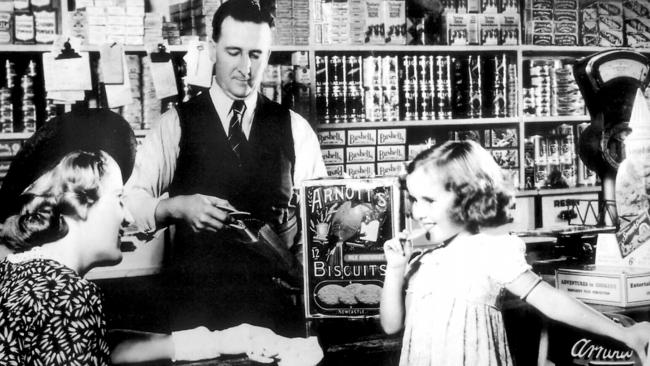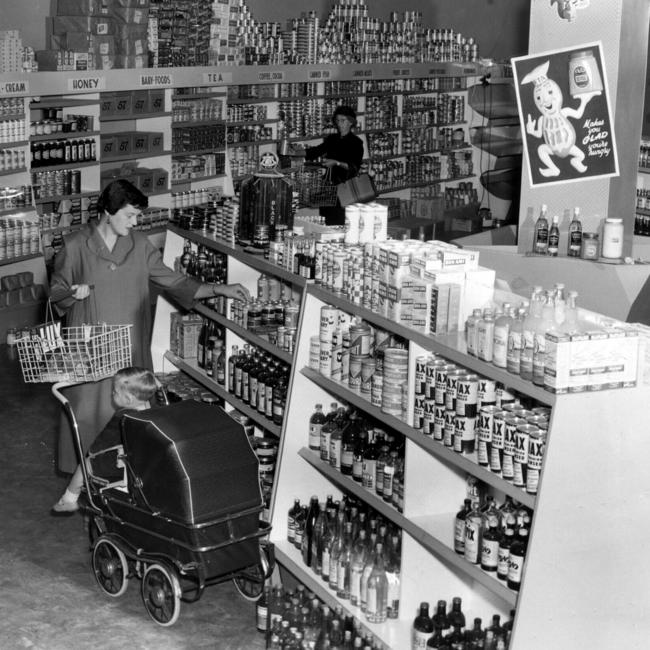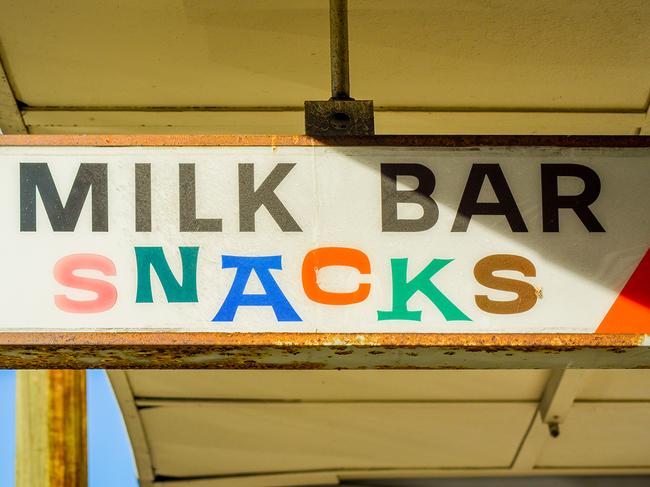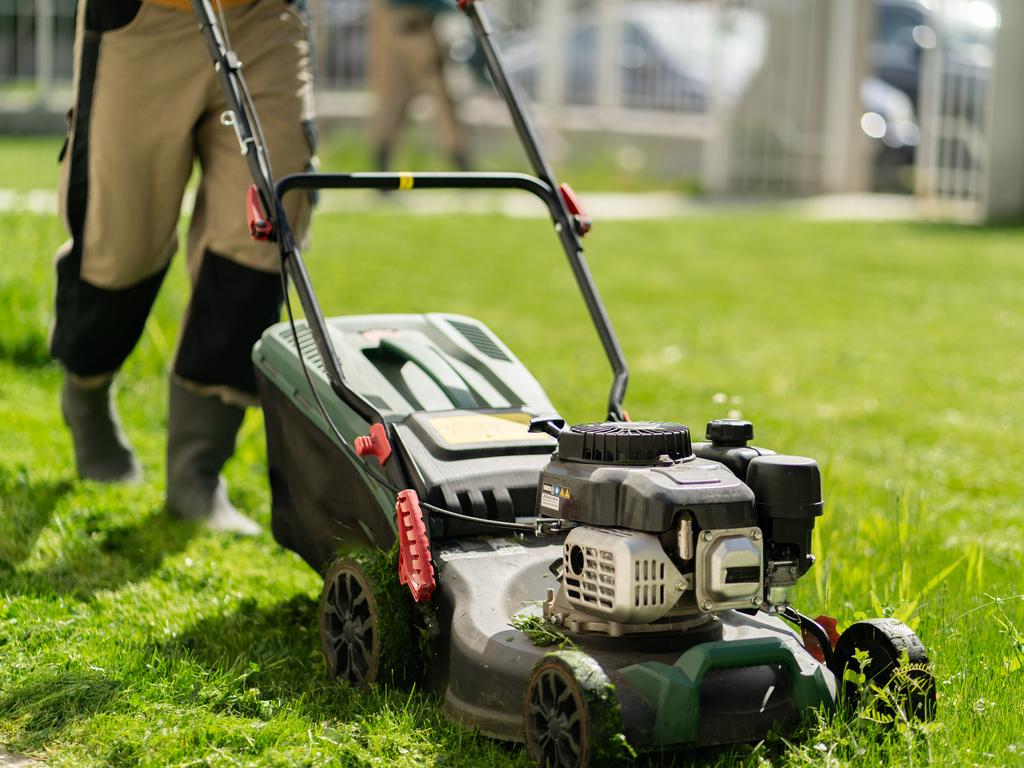Remember when shopping meant cheery social interactions?
With all these developments in Australia’s retail landscape, I wonder if we haven’t lost something along the way.

There was a time when Australia’s country towns and suburbs brimmed and bustled with the comings and goings of shoppers and shopkeepers. From butcher to baker to the local hardware operator, the chatter was as much about local news and the weather as it was about produce and products.

Across Australia, one of the things that bound communities together was this social interaction accompanying the purchase of goods and services. And sitting at the core of it all was a veritable Aussie institution, the milk bar. What a wondrous place was the old-style milk bar crammed with lollies and chocolate and all manner of fizzy drinks. This was of course in addition to its erstwhile primary purpose, the sale of milk and cream.
Butchers were ever jovial. Their shop floors used to be strewn with sawdust, to absorb spilled meaty fluids; I always quite enjoyed the timbered fragrance. I assume this disappeared due to regulations around hygiene, though.
Talking of hygiene, there was a time when fish ’n’ chips were served wrapped in newspaper. I recall that fish ’n’ chip shops would buy newspaper in bulk for this purpose. Here was another practice that eventually fell short of evolving community standards.
In summer, doorways to milk bars had what was known as “fly strips” – coloured strips of plastic that dragged across the bodies of those entering. But widespread use of air conditioning has largely consigned fly strips to the past.

Of course many of these shops have been impacted by changes in consumer behaviour and community expectations. The old-style milk bar was a family operation managed by mum and dad and their older kids. Today the functionality of the milk bar – the sale of milk, bread, confectionery – is provided by servo shops staffed by a single sales attendant.
Also much diminished from today’s high street is the newsagent, with newspapers now also being sold by supermarkets, servos and convenience stores. I assume that having young teenagers doing paper rounds no longer meets regulatory standards.
The video store will be remembered as a life-form that flourished from the 1980s to the 2000s but which was killed off by the meteoric rise of streaming. Oddly, I don’t recall chatty interactions with the video shop operator the way that I remember the names, the faces and the demeanour of the butcher, the baker, the fish ’n’ chip shop couple.
Yet with all these developments in Australia’s retail landscape, I wonder if we haven’t lost something along the way: the frisson of cheery social interactions – which is something on which all successful communities depend. This can include happy chats about nothing in particular. It can be a joke, a query, an acknowledgement of a kid’s sporting prowess, an inquiry as to “how things are going” – all of which collectively deliver a sense of place, a feeling of comfort, an understanding that others care and/or are concerned. If we can’t get that much-needed social frisson at the shops, then perhaps we need to work harder elsewhere to secure the social interaction we need to build stronger local communities.








To join the conversation, please log in. Don't have an account? Register
Join the conversation, you are commenting as Logout